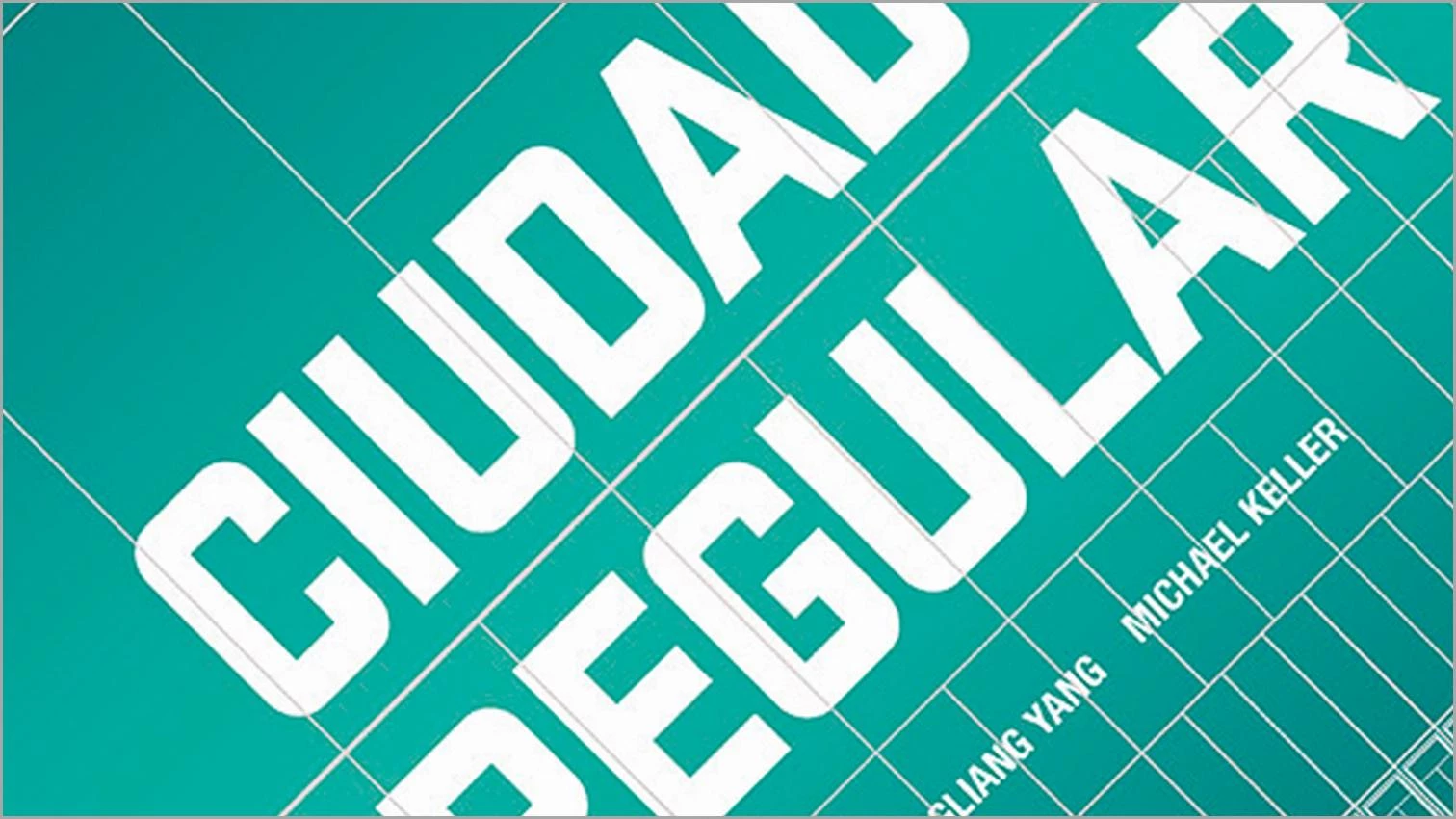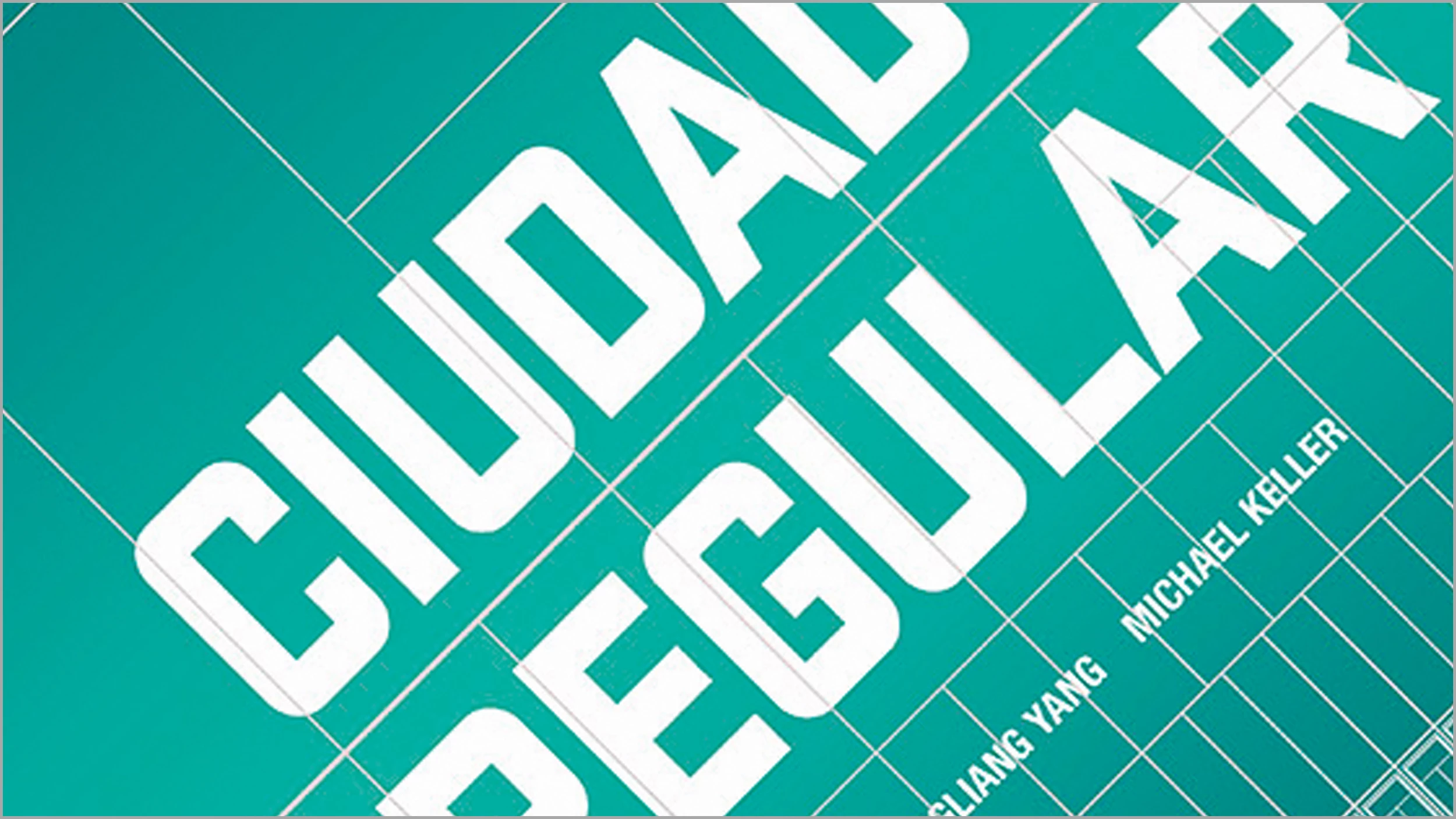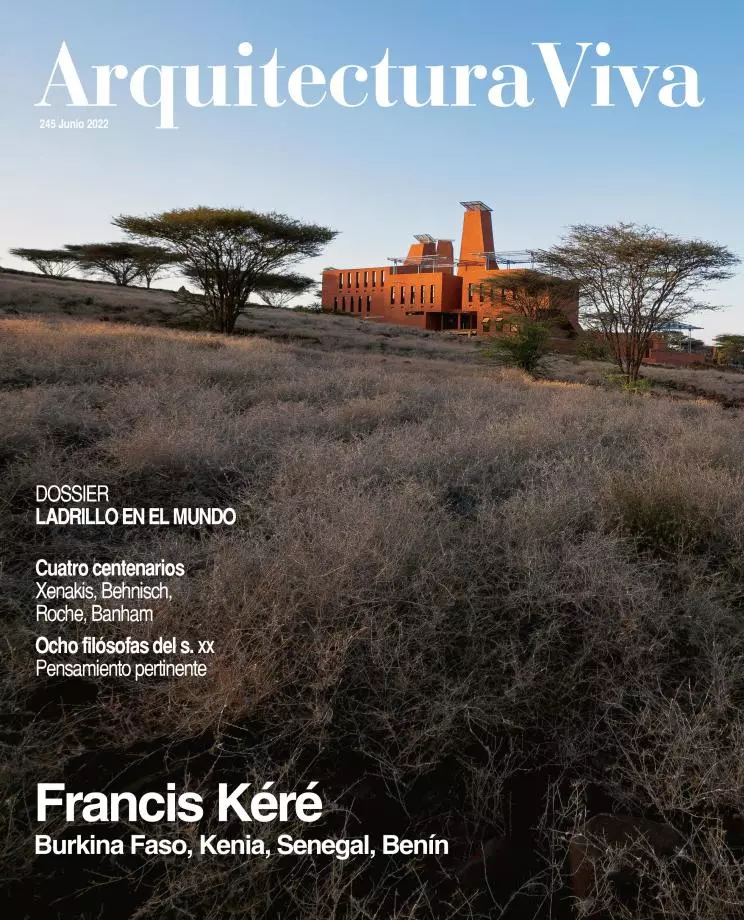
Perhaps no human construction is more complex than the city, so there are as many ways to think of it as there are of planning, building, or living it. Some wanted to see it as a problem of creating rhetorical and political order, a matter of symbolic forms. Others took it as the result of social functions and the more or less specific programs derived from them. The former tended to see the city as a work of art, the latter as the fruit of social engineering. These took on the tag of modernity, and with the help of economists and sociologists initiated a tradition grounded on infrastructures and urban flows. Those in the first group saw themselves as descendants of Greek and Roman planners, prolonging the classical tradition of beautiful forms through ‘ideal cities’ and their eclectic versions.
Joan Busquets belongs to neither family. By age, training, and calling, he is intellectually in between, at a point mature enough to be wary of functionalist determinism but wise enough to avoid the temptations of formalism. This does not prevent him from being recognized as one who, allergic to the neosociologism in vogue, continues to believe in the powers of form to create order and harmony, as well as in the powers of the discipline that such endeavors ultimately depend on: urban morphology.
This is about a desire, moderated by form, that is manifested with ambition and coherence in the book Busquets wrote with two Harvard-GSD colleagues. The title, Regular City, stems from the previous, more informative Urban Grids. Clearer is the subtitle, as it announces the volume’s aim: to teach urban order in order to subsequently teach how to design it.
The dual mission is laudable when theorists and teachers in their bubbles are distanced from real life, when apostles of identitarian narratives promote the city’s dissolution into a magma of disparate interests, much as they try to harmonize through dogmas of diversity. Busquets does not take part in the debates, instead tackling urban grids through a process that has much of the compositional, a bit of the geographical-historical, and hardly anything of the sociological, about it.
The process begins with an atlas showing 100 or so regular cities in alphabetical order, contra-ry to conventions but highlighting the author’s interest in morphology.
Such decontextualization helps us focus on the rules of the grid and be aware of its adaptability, before journeying through a history that starts in Greece and courses through the Renaissance, colonial cities, 19th-century grilles and its 20th-century expansions, reaching today. Then the author gives voice to ‘modern’ critics of the grid, offering alternatives before presenting the resurrection of the urban order via 50 contemporary projects.
All this leads to the book’s finale, which reads like a catalog of ‘elements’ of urban composi-tion but upholds the grid, less as a tool of the past than as an instrument of the present and future that Busquets says serves less to create closed artifacts than to organize contemporary life’s gameboard, open to nuance and change.







